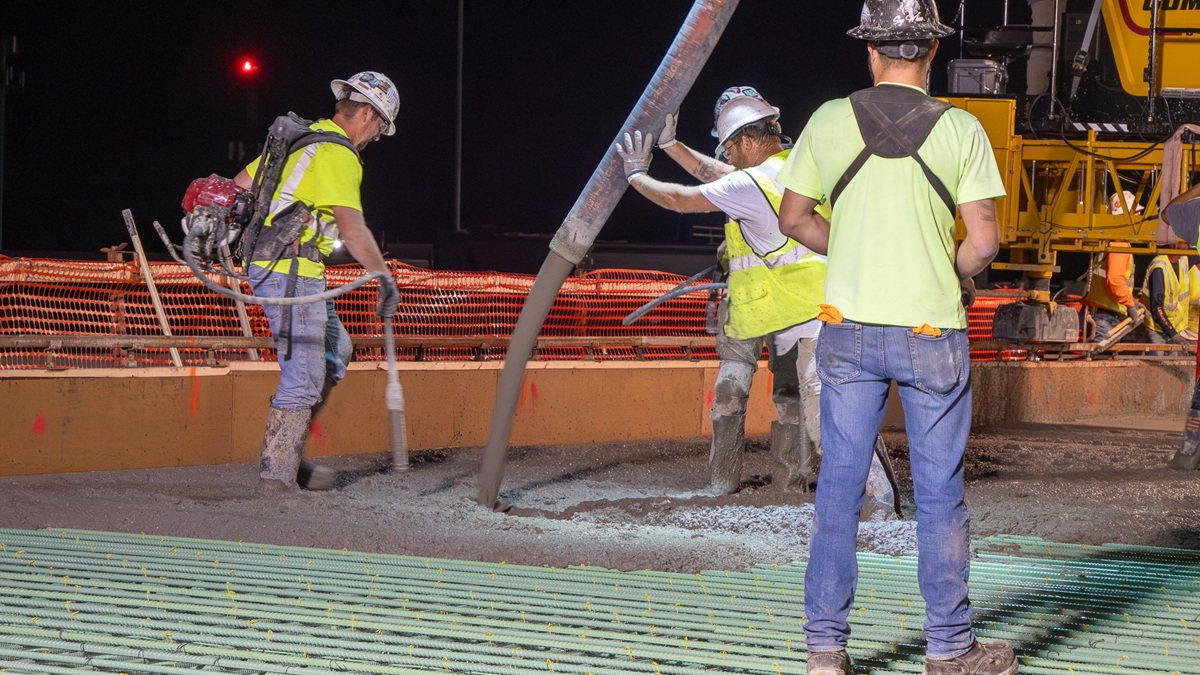A construction project can be hectic place with a high level of activity. Contractors and equipment move about, with everyone focused on the task at hand. In this environment, it’s easy to miss the signs and symptoms of a serious health situation, like a stroke. Early detection is critical to saving a life.
A stroke happens quickly. If a victim is treated within the first three hours of its onset, some effects of a stroke can be reversed.
The following are the most common symptoms of stroke. However, individuals may experience symptoms differently or at different times. Don’t ignore any of the symptoms, even if they go away.
- Sudden weakness or numbness of the face, arms or legs, especially on one side of the body.
- Sudden confusion or difficulty speaking or understanding.
- Sudden problems with vision such as dimness or loss of vision in one or both eyes.
- Sudden dizziness or problems with balance or coordination.
- Sudden problems with movement or walking.
- Sudden severe headaches with no other known cause.
The first three letters in the word stroke can help you determine if a person is having a stroke. Ask the individual to:
- S – Smile.
- T – Talk – Get them to speak a simple sentence, coherently, such as “It is sunny out today.”
- R – Raise both arms.
Another method for remembering what symptoms to look for is the acronym FAST. The letters remind you to look for:
- F – Facial weakness – Can the person smile? Are their mouth or eyes drooping?
- A – Arm weakness – Can the person raise both arms and hold them parallel?
- S – Speech problems – Can the person speak clearly and understand what you say?
- T – Time is critical – Contact your supervisor immediately and consider calling 911.
Also, if you ask the person to stick out their tongue and, when they do, it is crooked or goes to one side or the other, there is a great likelihood that this person is having a stroke.
No matter the method you use to detect the signs and symptoms of a stroke, remember to seek immediate medical attention. Even if you are not sure, it is always best to err on the side of safety.








